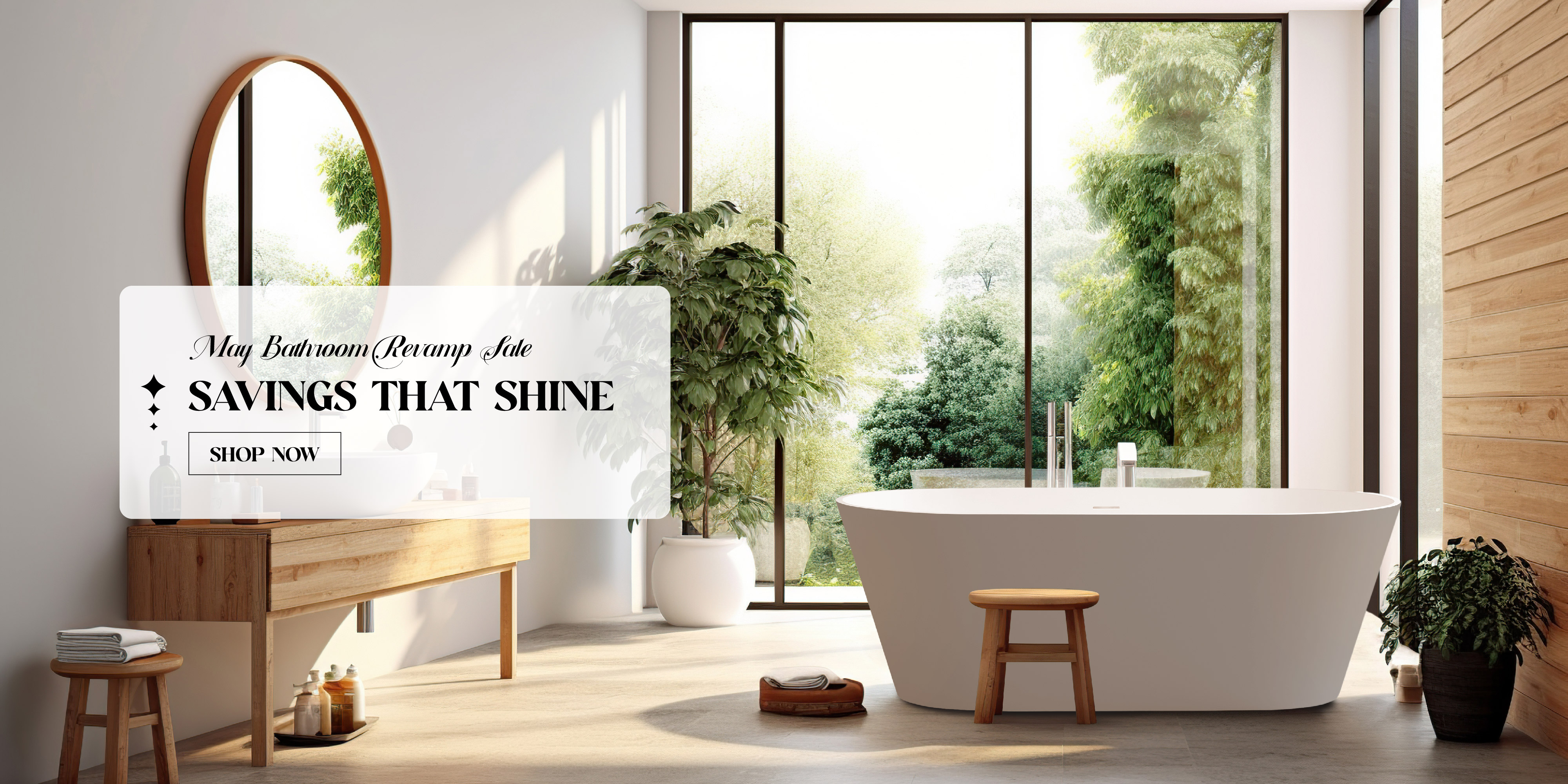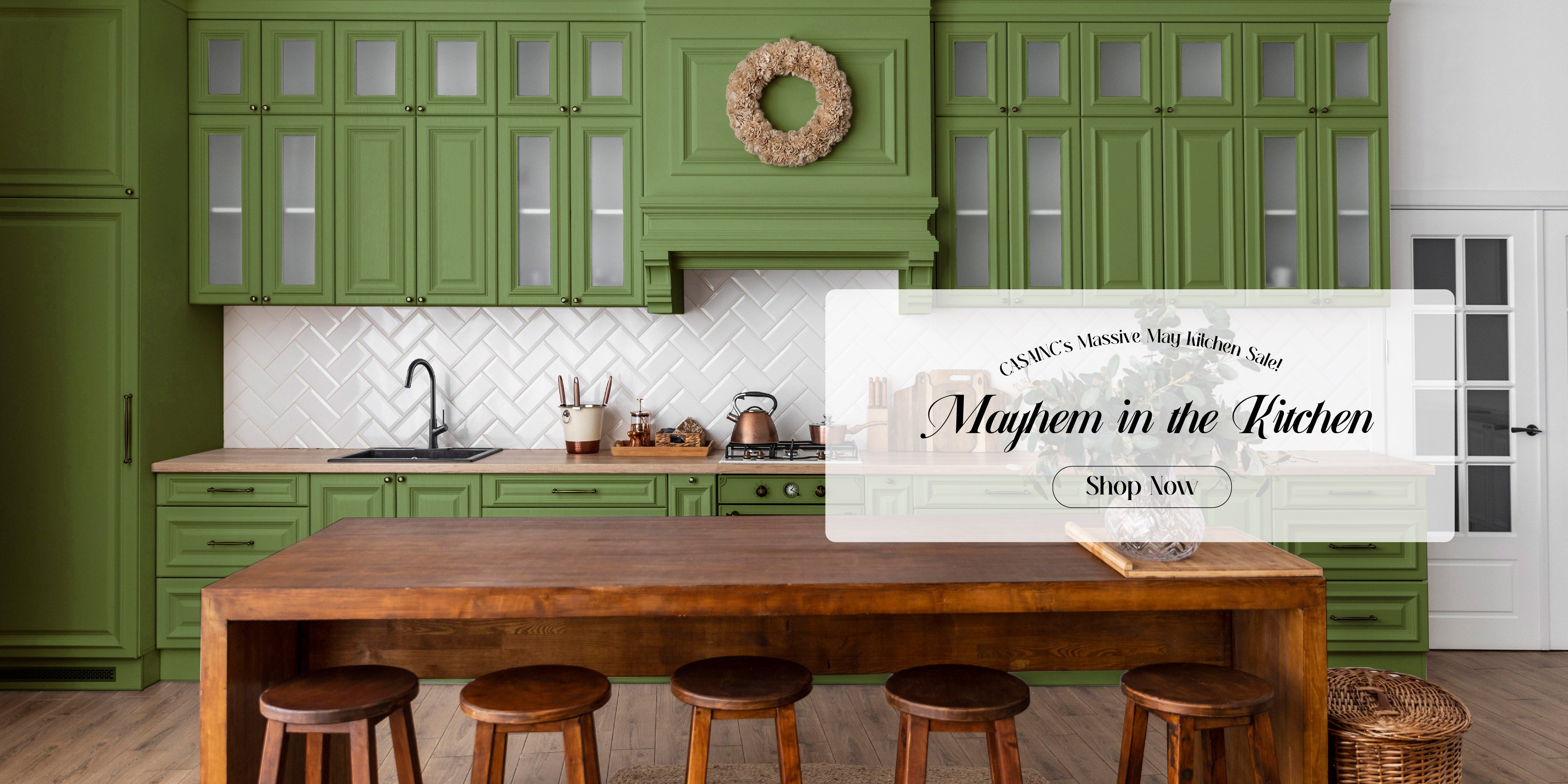How to Install/Replace a Shower System?
Dec 28,2021 | CASAINC
A shower system is an integral part of any bathroom, offering a refreshing and rejuvenating experience. Whether you're installing a new shower or replacing an old one, the process might seem daunting at first. However, with the right tools, materials, and a clear understanding of the steps involved, you can easily tackle this DIY project. In this guide, we'll take you through the step-by-step process of installing or replacing a shower system.
Step 1: Gather Your Tools and Materials
Before you begin, make sure you have all the necessary tools and materials. Common items include:
- Shower kit
- Adjustable wrench
- Screwdriver
- Pipe cutter
- Pipe thread sealant
- Plumber's tape
- Level
- Pliers
- Caulk and caulk gun
Step 2: Turn Off the Water Supply
Locate the main water supply valve and turn it off to prevent any water flow to the shower. It's essential to drain any excess water from the pipes.
Idea: Choose a tap with essential stops to make any kind of required maintenance easier. Essential stops let you service a single faucet without having to turn off the primary water system.
Step 3: Remove the Old Shower System
If you're replacing an existing shower, carefully uninstall the old system. This involves disconnecting the water supply lines, removing the showerhead, and detaching the shower handle. Use the appropriate tools for each task, and be cautious to avoid damaging the plumbing.
If you have a bathtub spout, this will either be removed with an established screw or will certainly twist off by turning counterclockwise.
Pointer: To shield the coating, wrap a piece of fabric around the connection first and hold the shower pipeline with your various other hands to keep it from turning inside the wall.
Step 4: Clean the Shower Area and Install the Shower Pan
Ensure the shower area is clean and free from any debris. If necessary, repair or replace damaged drywall and make sure the walls are smooth and level.
Follow the manufacturer's instructions to install the shower pan. Use a level to ensure that the pan is even and properly sloped for drainage. Secure the pan in place according to the provided guidelines.
Step 5: Install the Shower Walls and Connect the Plumbing
Assemble and install the shower walls according to the manufacturer's instructions. Ensure a snug fit and use screws or adhesive to secure the panels in place. Check for levelness as you go.
Attach the showerhead and handle according to the manufacturer's guidelines. Use the plumber's tape and pipe thread sealant to prevent leaks. Make sure all connections are tight and secure.
Step 6: Seal Gaps and Edges
Apply a waterproof caulk around the edges of the shower pan and between the panels to prevent water seepage. Smooth the caulk with a caulk tool or your finger for a neat finish.
Step 7: Test the Shower System
Turn the water supply back on and test the newly installed or replaced shower system. Check for any leaks, and ensure that the water pressure and temperature are to your liking.
Once everything is in working order, give your shower a final inspection. Clean up any excess caulk and make any necessary adjustments. Enjoy your newly installed or replaced shower system!
Each shower faucet will certainly have particular installment instructions, so comply with the instructions in your supplier's guidebook.
Installing or replacing a shower system may seem like a complex task, but with careful planning and attention to detail, it can be a rewarding and achievable DIY project. By following these step-by-step instructions, you'll be able to enjoy a new or upgraded shower system in your bathroom, providing comfort and functionality for years to come.







.jpeg?w=4000&h=4000)

1 comments